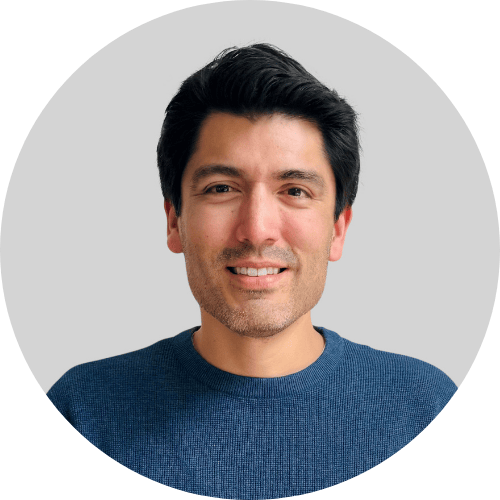- The Effective Week
- Posts
- Effective in Listening
Effective in Listening
The Superpower You Didn’t Know You Had
When I first started coaching, I assumed my biggest contribution would be in the ideas I shared, the tools I introduced, and the advice I gave. I believed that “talking well” was the most important skill. But after dozens of conversations with a lot of you all (reading this), I’ve discovered a different truth: the real breakthroughs often come from what I don’t say.
In fact, listening (real, intentional, active listening) has become the skill I rely on most, and the one I am currently focusing on developing the most. I allows me to build trust, unlock insights, and even change the trajectory of a conversation. And unlike other superpowers... it’s one we can all develop.
Tip of the Week: You don’t need to say the smartest thing in the room to make the biggest impact. Sometimes, your silence speaks louder (as long as you are listening).
Want to get the insights I aggregated from 70 thousand people? My eBook, The 5 Hidden Habits Blocking Your Career Growth, covers the details. You can get it by referring JUST ONE person to this newsletter (referral link at the bottom of this email) or by clicking here:
The Theory Behind
Listening goes beyond hearing. Most of us think we’re good listeners simply because we’re not talking, but there is a subtle distinction: hearing is passive, while listening is active. Hearing is receiving sound; listening is making meaning. Carl Rogers, one of the founders of humanistic psychology, outlined three principles for active listening: show genuine interest, reflect back what you’ve heard, and suspend judgment. This goes beyond just "being nice," neuroscience shows that when people feel listened to, their brain’s threat response decreases, making them more open and collaborative.
Listening builds connection and insight. Daniel Goleman’s research on emotional intelligence points to empathy as the bridge between listening and true understanding. Empathy requires listening not only for facts, but for feelings - noticing the tone, pace, and emphasis in someone’s voice. This is where tools like empathy maps shine: by breaking down what someone says, thinks, feels, and does, we can spot gaps or contradictions. For example, they may say they’re confident about a decision, but their hesitations reveal uncertainty.
You don’t need to have the smartest thing to say. The power of listening often comes not from what we contribute, but from the space we create for others to think. Jeff Bezos applies this in meetings by inviting more junior team members to speak first, protecting their ideas from being shaped by senior voices. Neuroscience shows that when people feel heard, their brain shifts from a defensive to a creative state, enabling more original thinking. By holding back our own input, we give others the time and psychological safety to develop ideas that are truly their own, often leading to deeper insights than we could have provided directly.
What I’ve Learned
Listening is pattern recognition in disguise. Coaching multiple people has taught me to listen on two levels: to the person in front of me, and to the broader themes emerging across many conversations. Over time, you begin to notice that the challenges of a new manager in tech might echo the struggles of a creative founder or a parent returning to work. The contexts are different, but the human themes are similar, and seeing these patterns helps me ask the right question at the right time.
Make It Happen
Lead with curiosity. Enter each conversation as if you have something important to learn.
Invite others to go first. Protect fresh thinking by letting the other person set the tone.
Hold the space. Give people uninterrupted time to think, even if silence feels uncomfortable.
Reflect back. Summarize key points to confirm understanding and encourage deeper exploration.
Listen beyond words. Notice tone, pacing, and pauses as much as the content itself.
Capture themes. Keep notes on recurring challenges or ideas across conversations.
Ask connecting questions. Use patterns you’ve spotted to help link today’s discussion to larger insights.
PS: Wow, you made it all the way down here? You must really care about your personal development! Here are 3 ways I can help you grow even faster:
Get My Most Popular Course: Learn the exact system I’ve taught to 70,000+ professionals to take control of emails, meetings, and DMs, and reclaim 150+ hours in your year.
Join The Effective Collective: Our private membership is opening soon as invite-only. Get access to two best-seller courses, weekly coaching, and support to level up your performance without burning out.
Book Me for Coaching or a Workshop: Need help scaling yourself or your team? I offer 1:1 coaching and custom team sessions to help you work better, not harder.
Enjoying what you’re reading? Help a friend out… and you will win something for yourself too.
How did you find the content in this newsletter? |

Reply